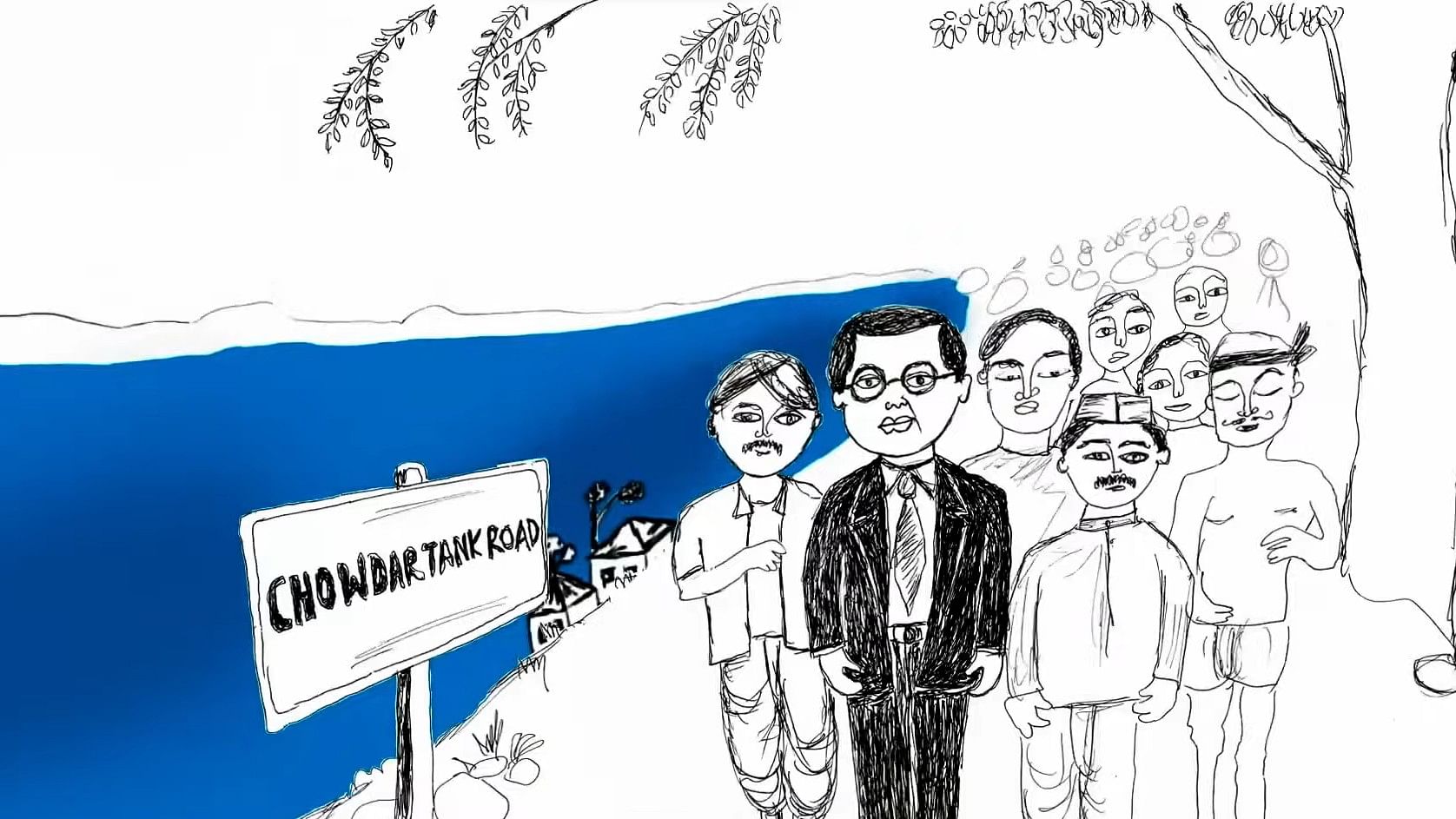
The documentary is a deeply personal exploration of Ambedkar’s vision from the perspective of a Dalit-Bahujan woman filmmaker.
Credit: Neelam Productions
Dalit-Bahujan filmmaker Jyoti Nisha’s ‘B R Ambedkar: Now and Then’ is making a noise in the country. It chronicles how the Dalit-Bahujan community is finding ways to assert their cultural identity despite the atrocities they have been subjected to in the past and continue to face. The documentary is backed by Pa Ranjith’s Neelam Productions.
Jyoti is a Dalit-Bahujan filmmaker. The documentary is a deeply personal exploration of Ambedkar’s vision from the perspective of a Dalit-Bahujan woman filmmaker. She confronts the challenges and contradictions that shape the Dalit-Bahujan identity in contemporary India. She is successful in drawing our attention to factors that undermine their identity.
The documentary spans from Ambedkar’s era until the present, weaving a powerful narrative of systemic Dalit suppression in the country. It unfolds the stories of countless Dalit atrocities. She zooms in on mythological character Eklavya and student activist Rohith Vemula. The documentary also covers the 2016 Dalit flogging case in Una and the Saharanpur Dalit-Thakur violence that broke out the following year.
Jyoti’s personal story intertwines with the broader struggle, offering an intimate view of the struggle for Dalit liberation. She also amplifies the voices of Dalit women activists, weaving their experiences with the global feminism perspectives on dismantling the structures of Brahmanical patriarchy and stereotypes of the society.
The documentary also shows how the Dalit-Bahujan community is rejecting oppression and living with dignity on their path to a new cultural identity. Unlike Eklavya who submissively offers his thumb to Dronacharya in the ‘Mahabharata’, the modern Dalit raises a flag of rebellion against the society.
Embracing Buddhism
The documentary also sheds light on Dalit persons treading the path of Buddhism to seek liberation and awaken Dalit-Bahujan consciousness. She explores the potential of Buddhism for Dalit liberation, with a distinct emotional undercurrent.
She also critically explores the broader landscape of liberation possibilities. However, a kind of emotional narration at the end of the documentary renders the notion that Buddhism is the ultimate solution for Dalit liberation. But the documentary neither dwells on the limitations of modern Buddhism nor does it focus much on Dalit Christians of south India.
The impact of the two-hour documentary would have been sharper had it been concise. Despite these limitations, Nisha’s ‘B R Ambedkar Now and Then’ is a must-watch for anyone seeking to understand the complexities of social justice in India.
(The writer is a Kannada author and teaches journalism)